
This one is not a landlocked ocean. It doesn’t share its coast with a number of countries, instead, it encompasses a whole landmass and that is the only coastline the Antarctic Ocean has. It is the most unique ocean out of all the five. Let’s find out the other distinctive characters of this ocean.
Unlike other oceans which share its coastlines with many countries, the Antarctic Ocean completely surrounds one particular landmass. It is located in the farthest edge of the Southern Hemisphere and spreads all around the continent of Antarctica. It encircles a coastline of 17,968 km. It doesn’t have any other country which could claim to be a part of its coastline. Towards the north, this ocean joins the Pacific, Indian and Atlantic Ocean.
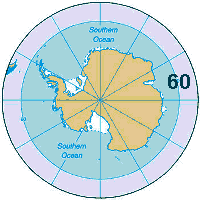
Also known as the Southern Ocean, it is the fourth largest ocean. It extends till the latitude of 60° in Southern Hemisphere encompassing a total area of nearly 20 million square kilometres. The shelves have an average width of nearly 260 kilometres and the narrowest part of the ocean, is the 965 kilometre wide Drake Passage, located between the South America and tip of Antarctica.
The Antarctic Ocean has a deepest point of 7,235 metres below the sea level in the South Sandwich Trench, which is further south of South Sandwich Island.
Another very unique feature of the Antarctic Ocean is its ocean current. This ocean is home to the world’s largest ocean current which is known as the Antarctic Circumpolar Current. It carries a large volume of water, more than any other current; nearly 130 million cubic meters of water per second. On top of it, this current flows in only one direction, from west to east. It is known as the West Wind Drift. The cold waters of the Antarctic Circumpolar Current meet with the warm water flowing from the other oceans in the north at a place known as the Antarctic Convergence. There is no fixed spot for this location; it keeps on changing with the season and the flows of the current. The most important characteristic of the Convergence is that it is rich in nutrients and thus promotes marine plant life in abundance.
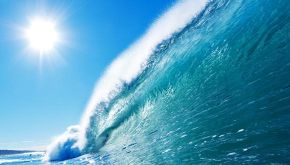
Since the Antarctic Ocean completely surrounds Antarctica, the thick sea ice constitutes the border of the ocean. Thus the temperature of the water of Antarctic Ocean is highly influenced by the temperature of the continent. The ocean has a temperature that ranges from -2°C to 10°C.
Closer to the continent, the water is much cooler. Thus the freezing air and the ice cool down the water and this water sinks as it travels towards the north. On the other hand, to fill up this gap, warm water from the Pacific, Atlantic and Indian Ocean flows down south.
The Southern Ocean has also been acting as a global carbon sink. Almost 15% of the CO2 by human activities is absorbed by this ocean alone. But this has been declining in recent years.
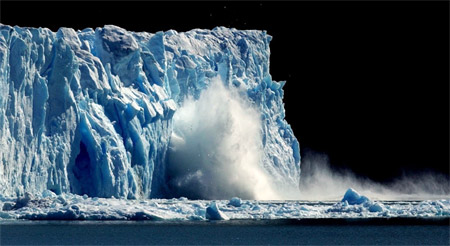
The species that reside in the Antarctic Ocean are mostly seals, whales and penguins. Some of the seals found here are:
- Leopard Seal: It is a carnivorous mammal with a body of 3 to 3.5m long and 380 kilogram in weight. As the name suggests, it has spots on its skin like a leopard and just like the latter it is also a fierce predator. The leopard seals are the only ones to feed on the warm-blooded preys using their powerful jaws and long teeth to hunt down the smaller seals, fish and squids. They have an elongated head but they are earless.
- Weddell Seal: The Weddell Seal is an inhabitant of the Antarctic Ocean with a body length of up to 3 metre and a weight of nearly 544 kilogram. It is also a carnivorous mammal which can divedown for 600 metres holding its breath for 45 minutes. The seals haul out on to the ice to rest or to give birth. Female seals give birth to pup, usually in September or October. By the time these young ones are two weeks old, they can swim. These seals are found within a few miles of their birthplace because they do not migrate often but prefer to stay below the Antarctic ice.
- Southern elephant seal: Southern elephant seals are carnivorous mammals which are 6 metre long, weigh 4000 kilograms and are found in the cold waters of Antarctic Ocean which has an abundant supply food like fishes, squids and others. They have the capability to dive 1500 metre deep inside the ocean and stay in there for nearly two hours. They breed on the land and give birth in late winter after a 11-month pregnancy and nurse the young ones for nearly a month. During the period when the mothers are suckling their babies, the mothers do not eat and live on the energy stored in their blubber. They are the largest of all seals and are also known as Sea Elephants.

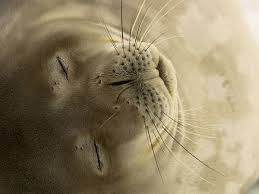

Some of the whales found in Antarctic Ocean are:
- Killer whale: Killer whales have a length of 7 to 9.7 metres and weight nearly 5443 kg. It is the largest dolphin and the world’s most powerful dolphin. They have teeth that are nearly 10 cm long. They communicate through distinctive noises which can be recognised by other whales of their family from a distance. They use echolocation to hunt down their prey. They make sounds that would travel underwater till it hits an object and bounce back. Through such bounced sounds they could make out the location, shape and size of the objects. And the females give birth once in every 3 to 10 years. The pregnancy period of a mother is 17 months.
- Sperm Whale: The Sperm whales are a group of whales with a long and massive head with a rounded forehead which is quite prominent for anybody to recognise. They have a body which is 15 to 18 m long and weighs 31800 to 40800kg. They also have the largest brain in the world. They usually live on squids and in search of their prey they can dive in the water till a depth of 1000m and hold their breath for up to 90 minutes. They are always spotted in groups of 15 to 20 in numbers.
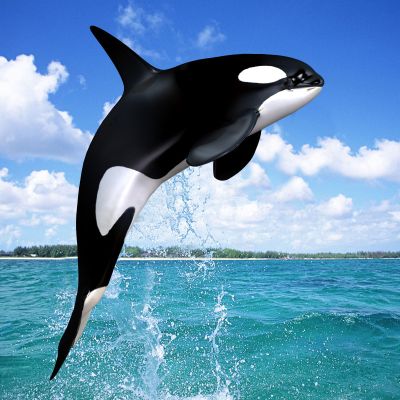

Penguins are the most famous birds that can live both on land and water. They are found in abundance in Antarctic Ocean. Some of them are:
- Rockhopper penguin: With spiky yellow and black feathers on their head, Rockhopper penguins are 55cm tall and weigh 2 to 3kg. They can also be distinguished with their blood-red eyes, red-orange beak and pink webbed feet. At the time of breeding they all gather in thousands near a shore and make burrows. Every year they seek for their previous year’s mates in the same nest in the same breeding ground. They can dive in for a depth of up to 100 m to hunt fish, crustaceans, squid and krill. A very unusual behaviour of them is that, they will jump out of the water at the shore and land with a belly flop on the rocks. Do you remember these small penguins in “Happy Feet” speaking Mexican???
- Adelie penguin: These penguins steal rocks from their neighbouring nests. Very much human. Adelie penguins stand 70cm and weigh 4 to 5.5kg. They are not a very gutsy kind of penguins. Though they can dive for a depth of 175m, they would always prefer for shallower water which is almost half of that depth. The parents take turns to sit on a pair of eggs in order to protect them and keep them warm. Three weeks is enough for a young penguin to gather in their own groups and by the ninth week they can swim.
- Emperor penguin: These are the largest of all penguins. They stand as tall as 115cm with a body weight of 40kg. During cold winter, they always huddle in groups to keep themselves warm. The one who has warmed a bit moved to the outer side in order to let someone else to get the warmth. Females lay a single egg and leave it behind for nearly two months in a hunting trip. It is the duty of the male penguins to keep the egg warm by covering with their feathered skin which is known as brood pouch. They do not sit on the egg but balance them on their feet. If you have seen the movie “Happy Feet”, this is what exactly happened in the very beginning of the movie. The Emperor penguins can stay under water for more than 20 minutes even at a depth of 565m.
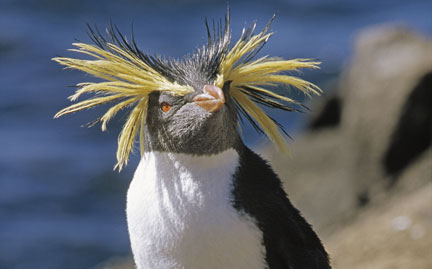
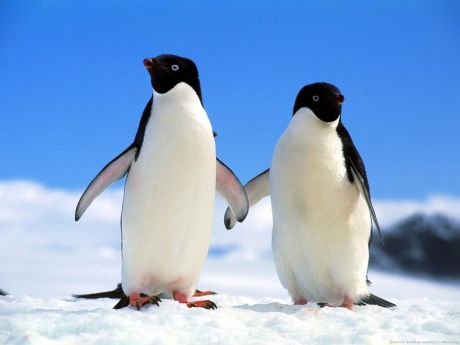
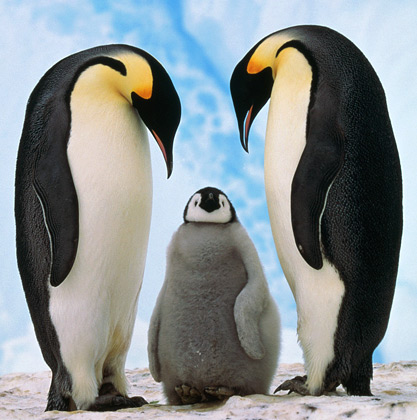
There are very less number of seas contributing to the Antarctic Ocean. They are Amundsen Sea, Bellingshausen Sea, Ross Sea, Scotia Sea and Weddell Sea, and also a part of Drake Passage.
Yes, there are 5 very small islands in the Antarctic Ocean. They are:
- South Orkney Islands.
- South Shetland Islands
- Peter Islands
- Ballenny Islands
- Scott Island.
G Kowledge of | 0 Comments >>
0 Comments
Leave Comment
Your email address will not be published. Required fields are marked.